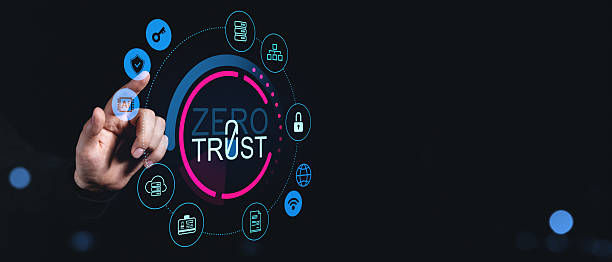Zero Trust is one of the cyber buzzwords many people hear in cybersecurity-related conversations. The digital security approach assumes that not a single one, inside or outside the network, should be trusted by default. With more people working remotely and leveraging cloud services, data protection must come through stronger approaches. Here is where the concepts of Zero Trust and managed security services come into the picture. They provide to businesses the control regarding who may access what and when.
Accurate Meaning of Zero Trust
The immediate and simple idea behind Zero Trust is trust no one and always verify. So, every user, device, or application must show, for each and every time, that they have authorization to access a certain resource; it could be inside an office or out on the road, working from home. Instead of broad access-granting privileges based on location or role, every request is reconciled carefully.
Start with what you have
There is a misconception prior that to be able to put Zero Trust in place, one must build a completely new system. The best way to get started is to look at the existing setup. Find out who has access to what and determine what should be more tightly controlled. From there, the most sensitive data or systems should be placed under a heavier envelope of restrictions.
Stronger Identity Checks Are Needed
To keep Zero Trust going, identity checks must be very strong, which include, of course, two-factor authentication, smart passwords, and so on. With normal behavior tracking in place, if a user usually logs in from one place and new attempts come from somewhere else, the system should flag it and ask for additional verification. That’s just another way of blocking fraudulent logins, hence securing the accounts more.
Restrict Access with Care
Another big aspect of Zero Trust is limiting what people and systems can reach. Don’t give full access to anything. Restrict access to what someone needs. If they need more access later, then access can be broadened. This minimizes any potential damage that could be done in case the password gets stolen or the account gets misused.
Keep Watching and Updating
Zero Trust is not something that one sets up and leaves there. Regular checks on policies and implementations must be put in place. One has to monitor if there are changes in the way people use the systems. If anything looks suspicious, the system needs to react immediately. Managed security services can come into play by providing the experts who can keep an eye on your Zero Trust setup and make adjustments and improvements over time.
Conclusion
Zero Trust is much more than a buzzword. It is the practical means used to protect modern systems. By verifying everything, limiting access, and being alert, businesses are able to vastly reduce their risk. With the help of managed security services and a phased approach, organizations can shed the buzzwords and turn Zero Trust into actual protection.






